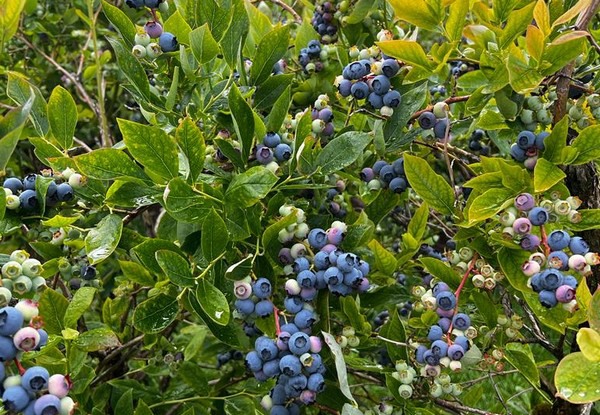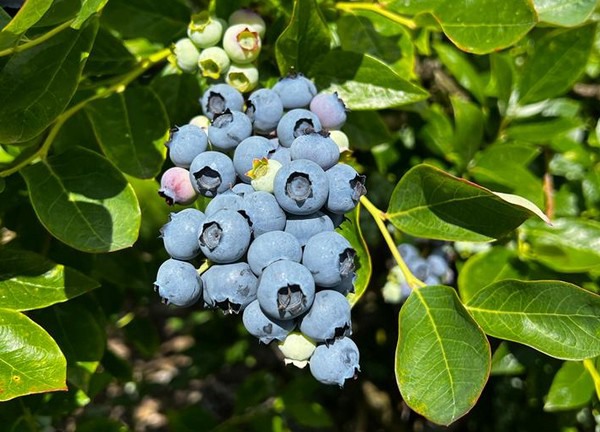Following a slower start to the domestic blueberry season that created higher pricing due to slow, tight supplies, volume is now coming on. “There’s a good supply of product from both the East and the West and we need to think about where we’ll be in the next few weeks,” says Luciano Fiszman of Gourmet Trading Co.
East: Georgia and North Carolina are both winding down while New Jersey has another week to 10 days to go before it comes on with both quality and volume, even with the recent rain and storms the state faced.
“We’re also kicking off Michigan’s season and it has a good-sized crop with good quality because it had a good pollination season,” says Fiszman. “Weather is expected to be favorable and the size of the berries is good.

West: In California, the peak of supply has passed and volume is soon coming to an end as a state.
While in Oregon, there is some fruit but growers have been hesitant to pick by hand and will wait another week before beginning machine harvesting. “Next week we should start seeing volume coming in and the next three weeks, we should have good volume from Oregon,” says Fiszman, noting that at the end of July, Oregon will wind down. “It’s a good crop in Oregon but the size of the berries aren’t what we’re seeing elsewhere.”
Southern Washington has also begun its production and Northern Washington should start in another seven to 10 days, similar to when British Columbia will begin.
As for demand, while spring saw really good demand--perhaps partly reflecting the lack of fruit in the market thanks to delayed crops--in the past two weeks demand has slowed again. “Cherries are in the market, stone fruit, lots of strawberries so it’s slowed down which isn’t the best time because blueberries are coming with strong crops,” says Fiszman, who says the industry may see an uptick in demand post 4th of July.

Packing trends
What may help is the continued developments in packing. Peak pandemic, larger pack sizes were created which helped shoppers--many of whom preferred to be in stores as little as possible--take home more fruit. Those packs look to have stayed, even though historically, the East favored pints while the West often saw 6 oz. packs. “More and more we’re seeing the demand for 18 oz. Packing houses can pack them quicker and it’s cheaper to pack, consumers can take more for their homes and there are fewer units to sell. It’s dominating the market and I like it a lot,” says Fiszman.
What may also help movement is more normal blueberry pricing this summer, especially given the last few years saw higher summer pricing. The slower demand is part of this. “The market for processed product is also saturated. There are inventories and processors are not pulling fruit so that’s leaving more fruit for the fresh market,” he says.
To move that fruit into the fresh market, Fiszman stresses that the focus needs to be on both price and quality. “I tell my growers that we need to continue to work on quality and make consumers happy with what they take home and we have to watch costs,” he says.
 For more information:
For more information:
Luciano Fiszman
Gourmet Trading Co.
Tel: +1 310 216 7575 ext 1888
Luciano@gourmettrading.net
www.gourmettrading.net
